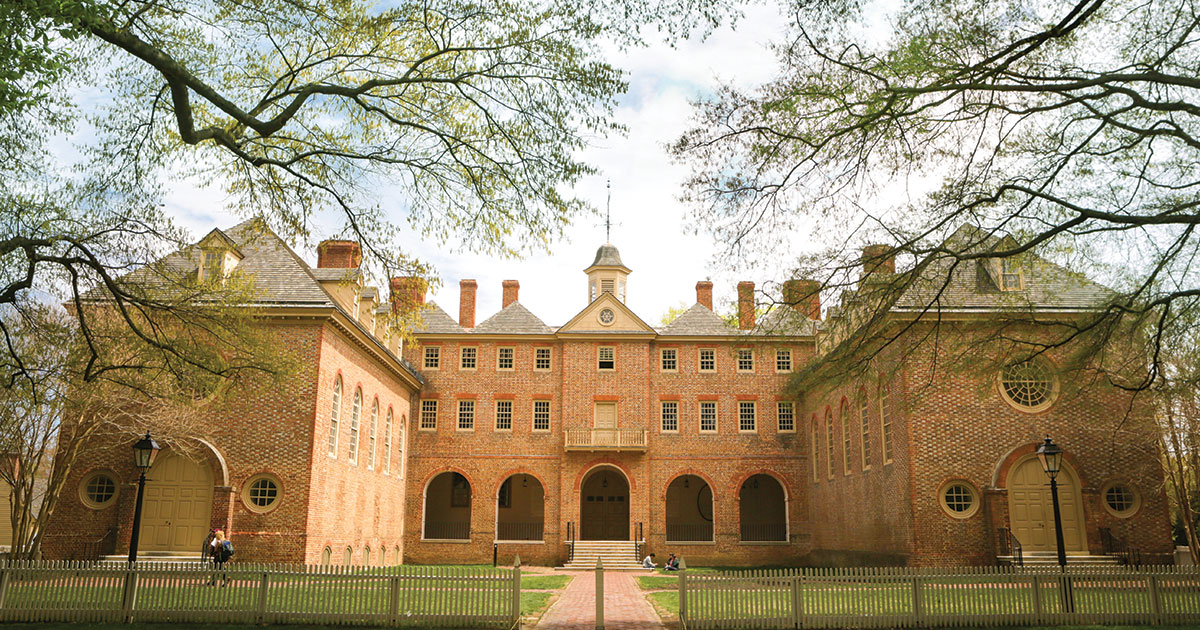Saving seagrass
I have been involved in seagrass research in the Chesapeake Bay region since 1969 when I became a graduate student at the Virginia Institute of Marine Science, and then a few years later, after I received my Ph.D., as a professor at VIMS. I have been involved in a variety of research topics, but most recently on seagrass restoration and conservation, and understanding the principles and processes governing the persistence, alterations and dynamics of seagrasses. In addition, we map the seagrasses of the Chesapeake every year, keeping our fingers on the pulse of these seagrasses.
Our most successful restoration project has been in the seaside bays of Virginia’s Eastern Shore. Here, seagrasses were abundant in the early 1900s but disappeared in the 1930s. We were wondering why seagrasses never came back to these bays after they disappeared. The answer was simple — there were no seeds. So we just did what nature could not do, we brought seeds back into the bays. We began restoring seagrasses in the late 1990s using a technique we developed in Chesapeake Bay — broadcasting seeds collected from Chesapeake Bay into barren areas of the seaside bays. Over the years we have broadcast almost 70 million eelgrass seeds into 500 acres and these plants have now spread to around 6100 acres. And like scientists we have published a number of scientific papers on this work (see below).
I have been very fortunate to conduct research in an environment conducive to fostering new ideas and approaches to solving problems. Much of our work is supported by grants and contracts, and the environment in which we conduct this work is so important. We have full support from the administrators and the facilities for doing our work are some of the best in the world. If this had not been the case, I would not have been here for almost 42 years. And one of the fun aspects of our association with William & Mary has been our access to the undergraduates who we have the opportunity to involve them in our work, primarily as summer research assistants. The students we have hired have been bright, enthusiastic, energetic and fun to work around. Hopefully we will have provided some inspiration for research and a love of the marine environment. We look forward to our future association with more William & Mary students.
Orth, R. J. and K. J. McGlathery. 2012. Eelgrass recovery in the coastal bays of the Virginia Coast Reserve, USA. Marine Ecology Progress Series 448:173-176. doi: 10.3354/meps09596
Orth, R. J., K. A. Moore S. R. Marion, D. J. Wilcox, and D.B. Parrish. 2012. Seed addition facilitates eelgrass recovery in a coastal bay system. Marine Ecology Progress Series 448:177-195. doi: 10.3354/meps09522

